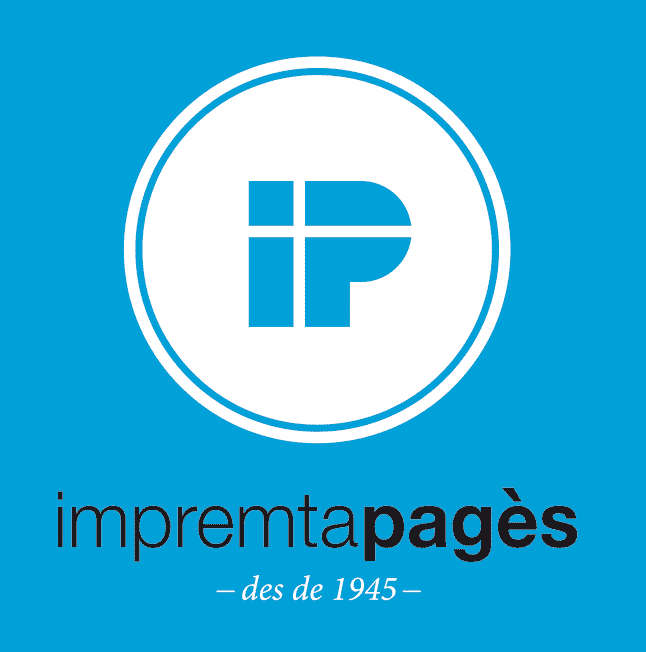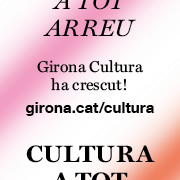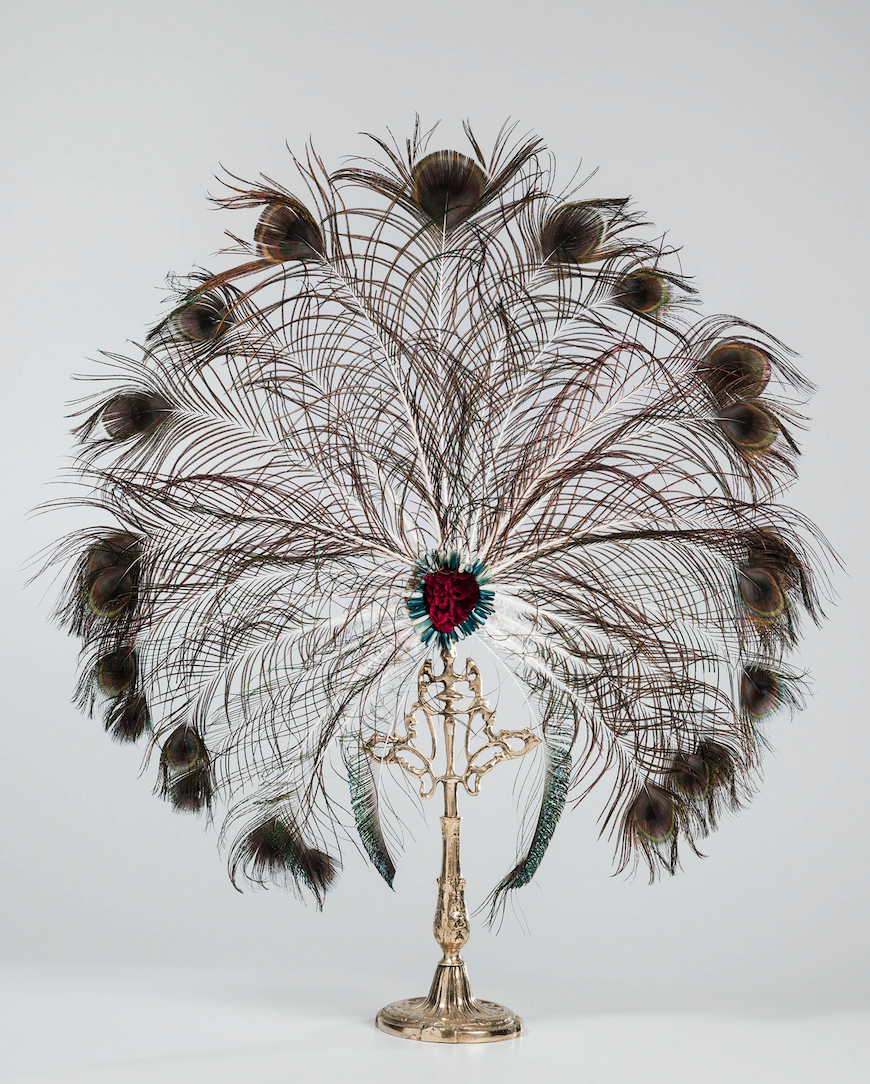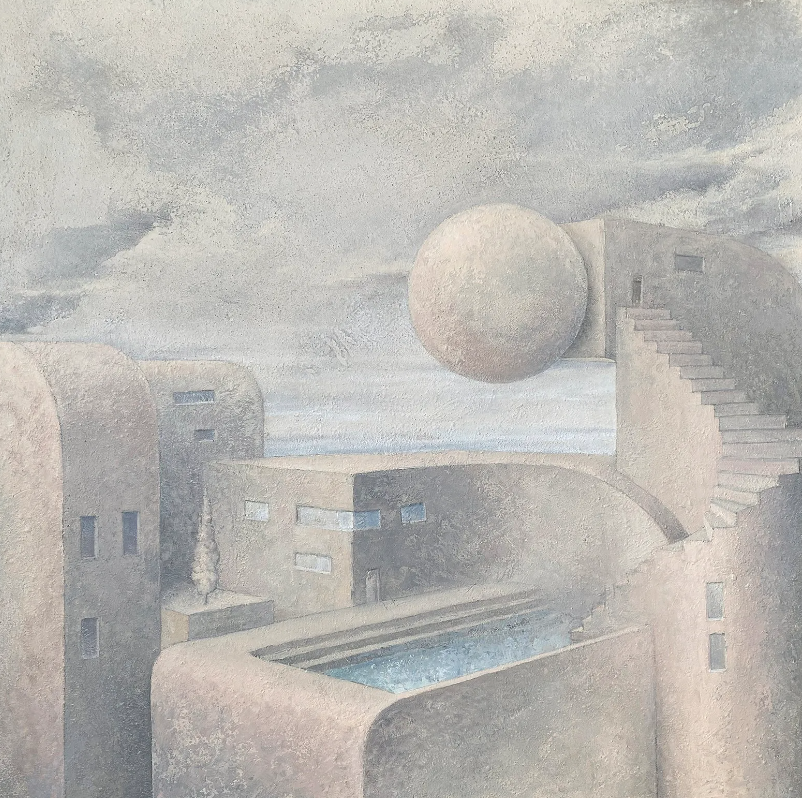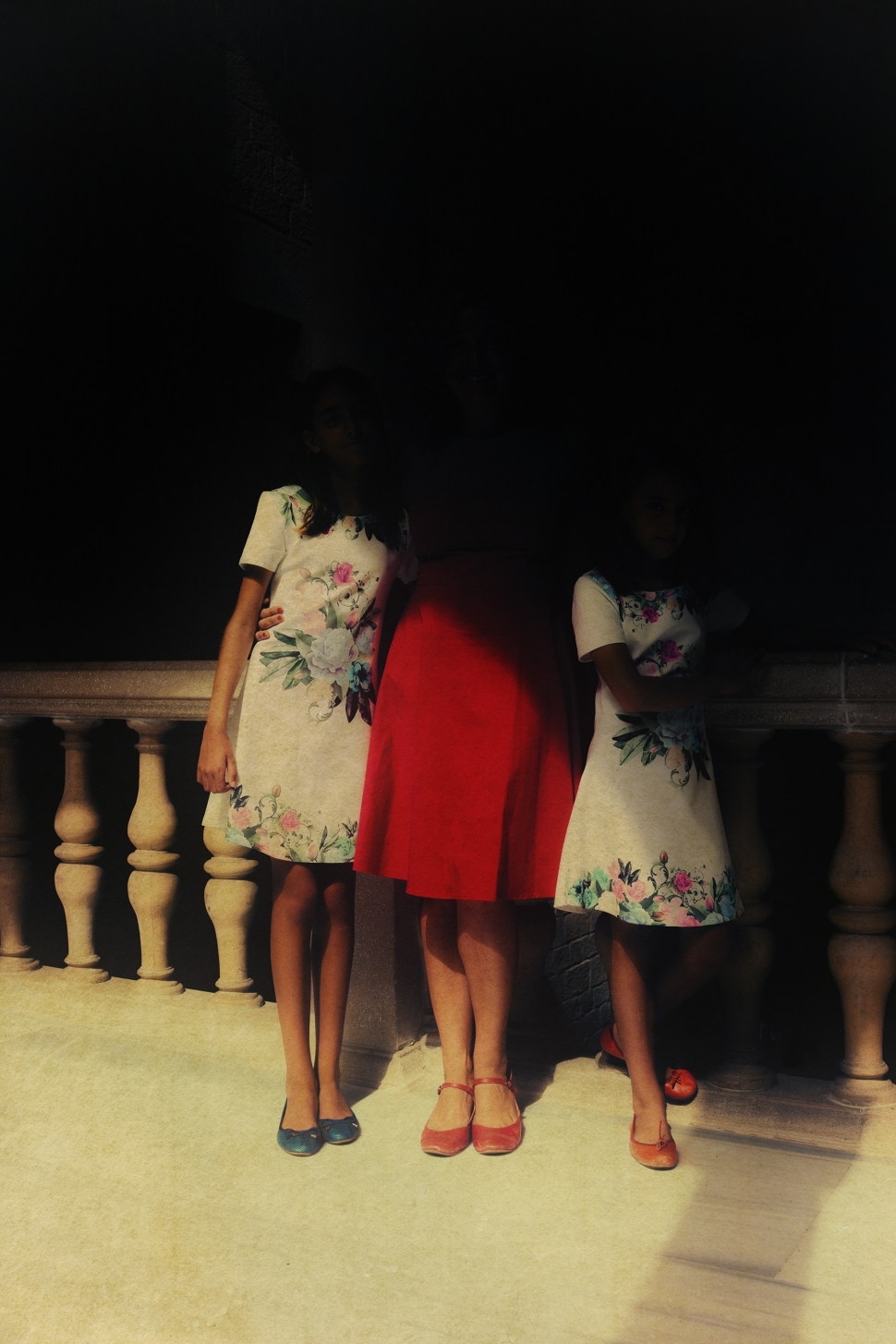Exhibitions
Gothsland inaugurates 'Houses – Picasso. From bohemia to modernity'
The exhibition specifically reviews the relationship between the two artists and the last exhibition of 2023 that closes the commemoration of the Picasso Year
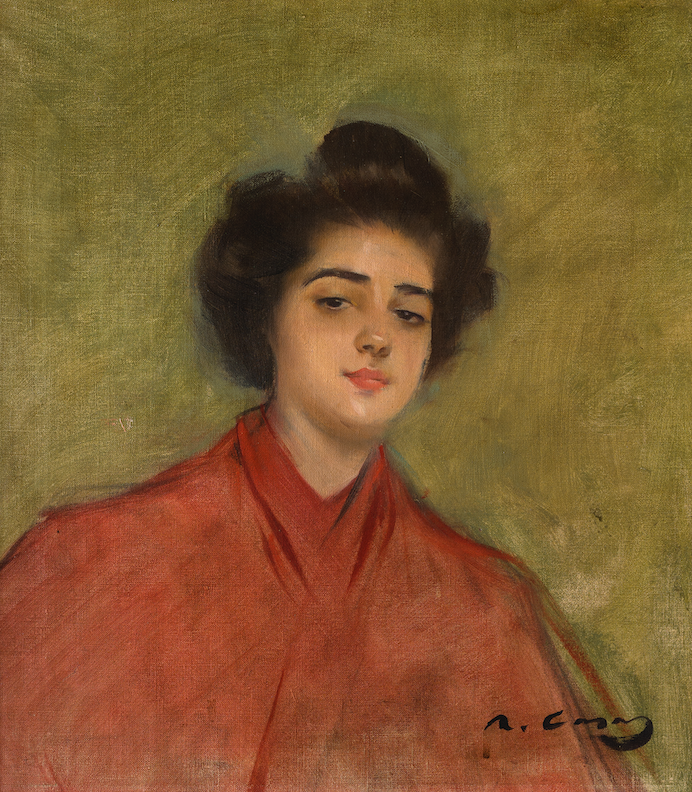
Gothsland presents, until January 20, 2024, Casas – Picasso. From bohemia to modernity, an exhibition that exhibits more than fifty works, most of them made in Barcelona, Madrid and Paris. In fact, Ramon Casas and Santiago Rusiñol imported Parisian modernity and their experiences to the Catalan capital through exhibitions and articles. However, together with Pere Romeu and Miquel Utrillo, they promoted the tavern Els Quatre Gats, the famous nerve center located on Carrer Montsió. It was there that an extraordinary generation of young artists led by Picasso met in the emblematic venue that had been installed on the ground floor of Casa Martí, the building that Josep Puig i Cadafalch had built in more characteristic neo-gothic modernist on the old site of the convent that gave its name to the street.
Picasso, along with Casagemas, Opisso, the Fdez brothers. de Soto and Vidal Ventosa were the members of what has been called the hard core of the young gang. Ricard Opisso described Picasso in his memoirs as follows: "Revoltoso, alegre, bullicioso y rebelde, con los ojos negros y penetrantes, capable of playing a bad game with the devil (...). However, Pío Baroja abounded in this description and he wrote about Picasso: "Picasso showed too much audacity and too much ambition (...) born in Málaga; but I don't think he has the type of Andalusian. I suppose he has more Catalan, especially spiritually. He was dressed like a painter from the Latin Quarter : purple velvet jacket, wide sombrero and mane. He used to go into corners to draw popular scenes. He had little esteem for most modern painters. He was the fireman par excellence. In the Arte Joven magazine he made some illustrations; two or three , for my novel Inventos, aventuras y mixtificaciones de Silvestre Paradox. I also made a portrait of myself, in charcoal, which was published on the cover of the same magazine, and which, evidently, had much character. He took the picture in less than an hour, and it was lost. Picasso quiet and reserved, according to his custom; He spoke little and listened much, but he said more with one word than others with a hundred."
Fruit of those days lived in Barcelona are the portraits he made of his colleagues and which were exhibited at his first individual exhibition in Barcelona, inaugurated on February 1, 1900. Along with the works of Casas the visitor you will be able to discover the Picasso works immortalized in his notebooks that he brought to Paris in 1900, during the Universal Exhibition. According to Rosa Maria Subirana, curator and director of the Picasso Museum in Barcelona between 1966 and 1983, the illustrations of the card that the artist used in Paris were "the most delicious of the drawings made by Picasso".
Of the 17 cards that the artist himself gave to the Picasso Museum in Barcelona in February 1970, this is perhaps the one of the most artistic interest, since, in it, for the first time, Picasso's coloristic ability bursts forth when making contact in the Paris of 1900". In fact, Picasso himself confirmed the execution of these illustrations during the first trip to the French capital. The thirty characters that appear were immortalized in the streets and parks of Paris from lead pencil or colored pencil and touched up with watercolour. These illustrations captured the most essential of each of the characters. Also those he made in Madrid in 1898 and which testify to his predilection for Velázquez and Goya.
The exhibition also presents a copy of the "Capricho de Goya" which is in the Prado Museum, as confirmed by the inscription on the lower left that indicates "Goya's Copy". It is worth noting that this is a copy of the drawings kept in the Museum and not the engravings. This is evidenced in the detailed representation of the rim of the brazier, with curved ornaments clearly visible in the drawing and not in shadow, as seen in the etching. For his part, Casas portrayed Elisa, his younger sister, who was represented from the front, up to the height of the chest and dressed as a goyesca. Casas used a visible, thick brushwork that allowed each of the strokes to be seen.
The work is circumscribed within the production of small portraits made with the support of wooden tablets between 1883 and 1889. In most of these portraits, the artist's family environment and himself are represented, as they were common throughout life. Likewise, this work brings together two themes that were frequent in these years, family portraits and bullfighting scenes and Spanish folklore that was wildly fashionable in Paris at the end of the century (One of the works that triumphed in the French capital was El jaleo de John Singer Sargent, in 1882). 1883 was the same year that Casas presented himself at the Salon d'Automne with a self-portrait dressed as a bullfighter with gray trousers and a short black jacket (Currently in the National Art Museum of Catalonia). The work was exhibited under the title Portrait of MI; Monsieur Yo, which was how the artist signed the letters addressed by his cousin Joaquim Casas i Carbó. The influence of Velázquez and, especially, Goya is reflected both in the aforementioned self-portrait and in the one he makes for Elisa, due to its subject matter and the use of chiaroscuro and the brush strokes of great expressive force.
Picasso always liked to experiment with his representation. Another of the works that can be seen in the exhibition is probably a self-portrait, sitting at a cafe table. The young man has a budding moustache. In the lower part of the paper, you can see some hands drawing and the forced position of the arms and hands of the person portrayed, cast doubt on the hypothesis of this selfie, which the viewer will have to confirm or deny.


